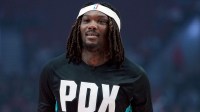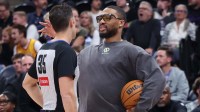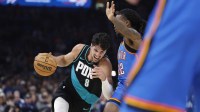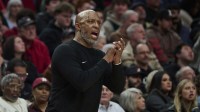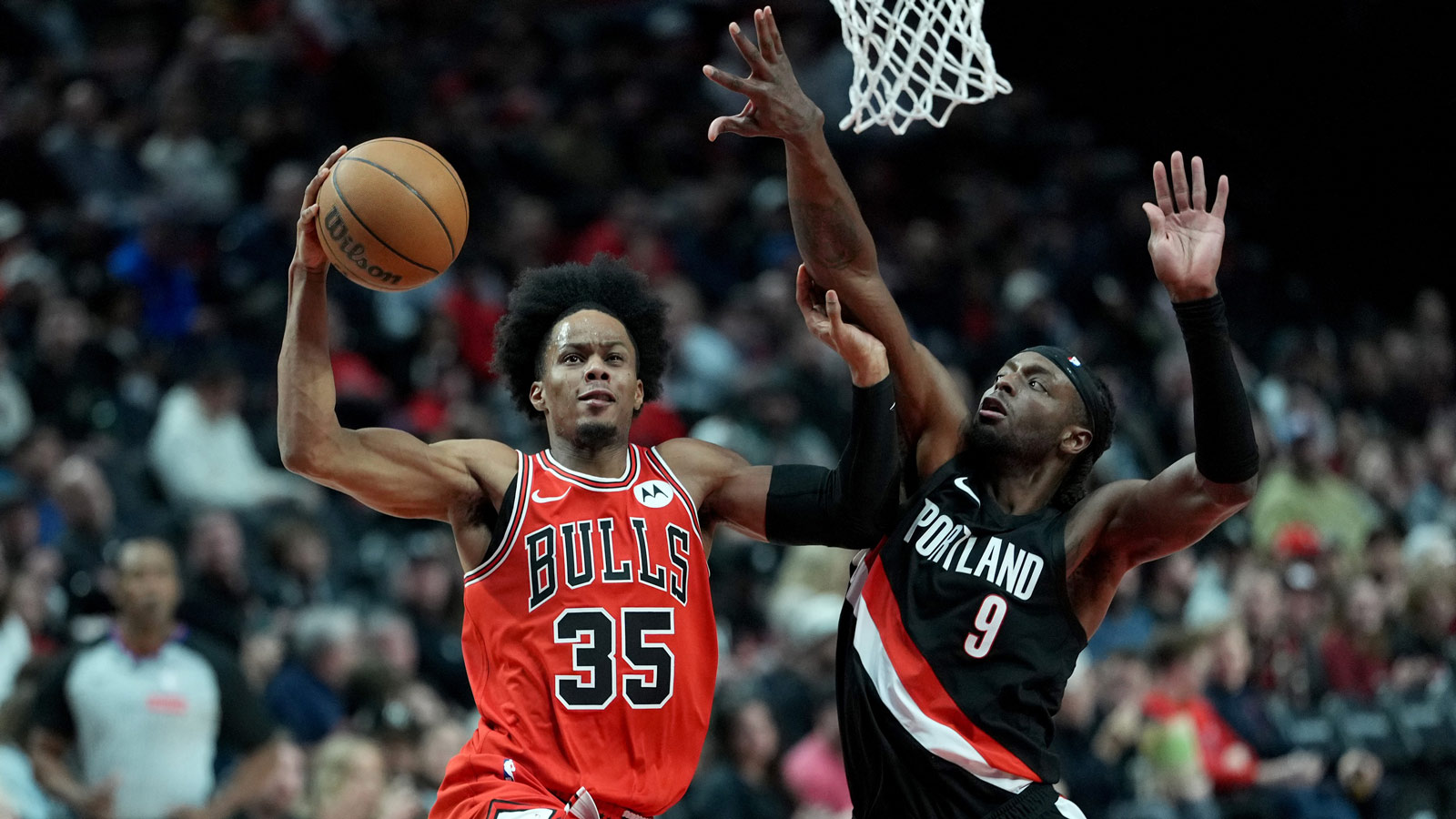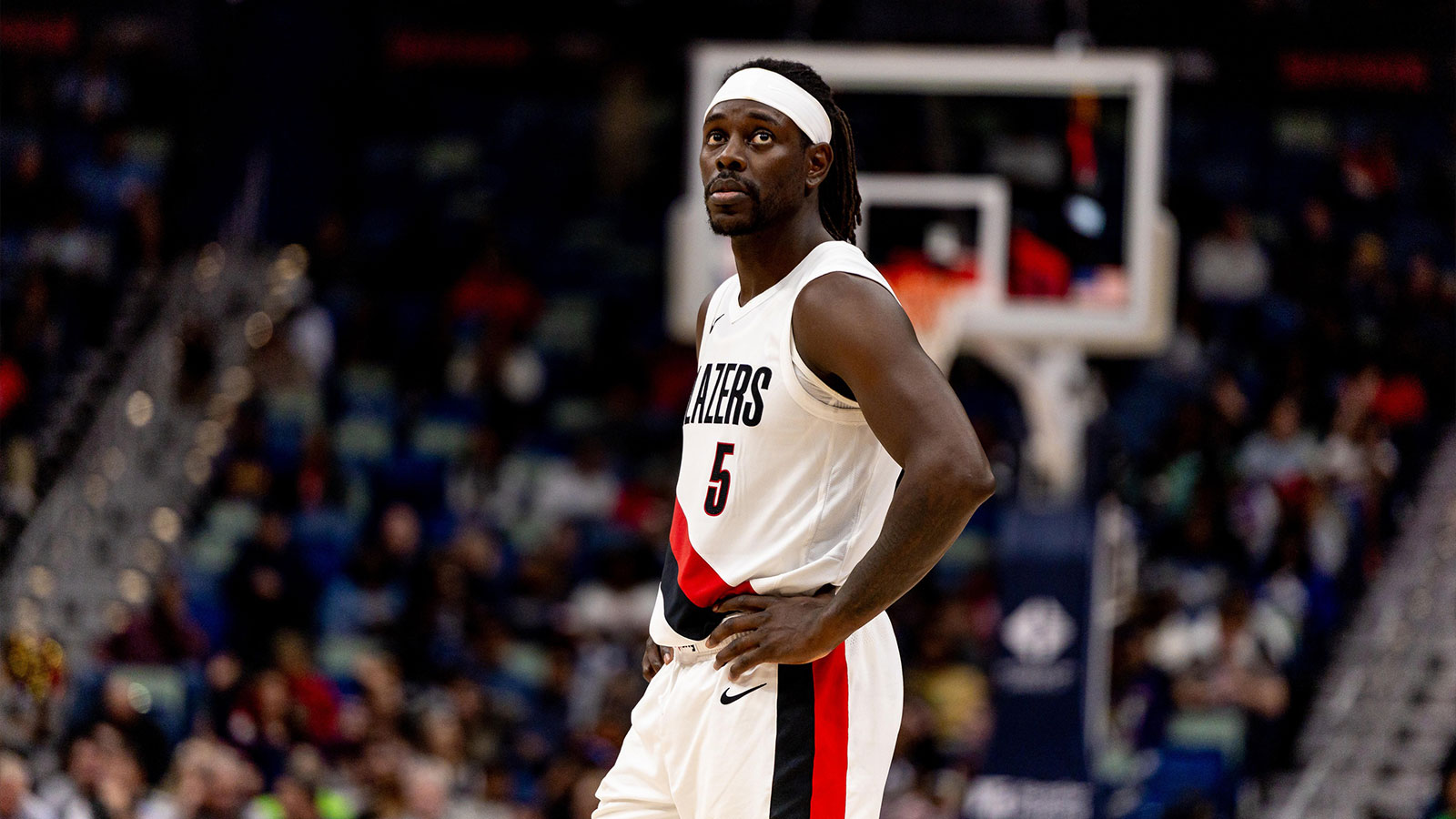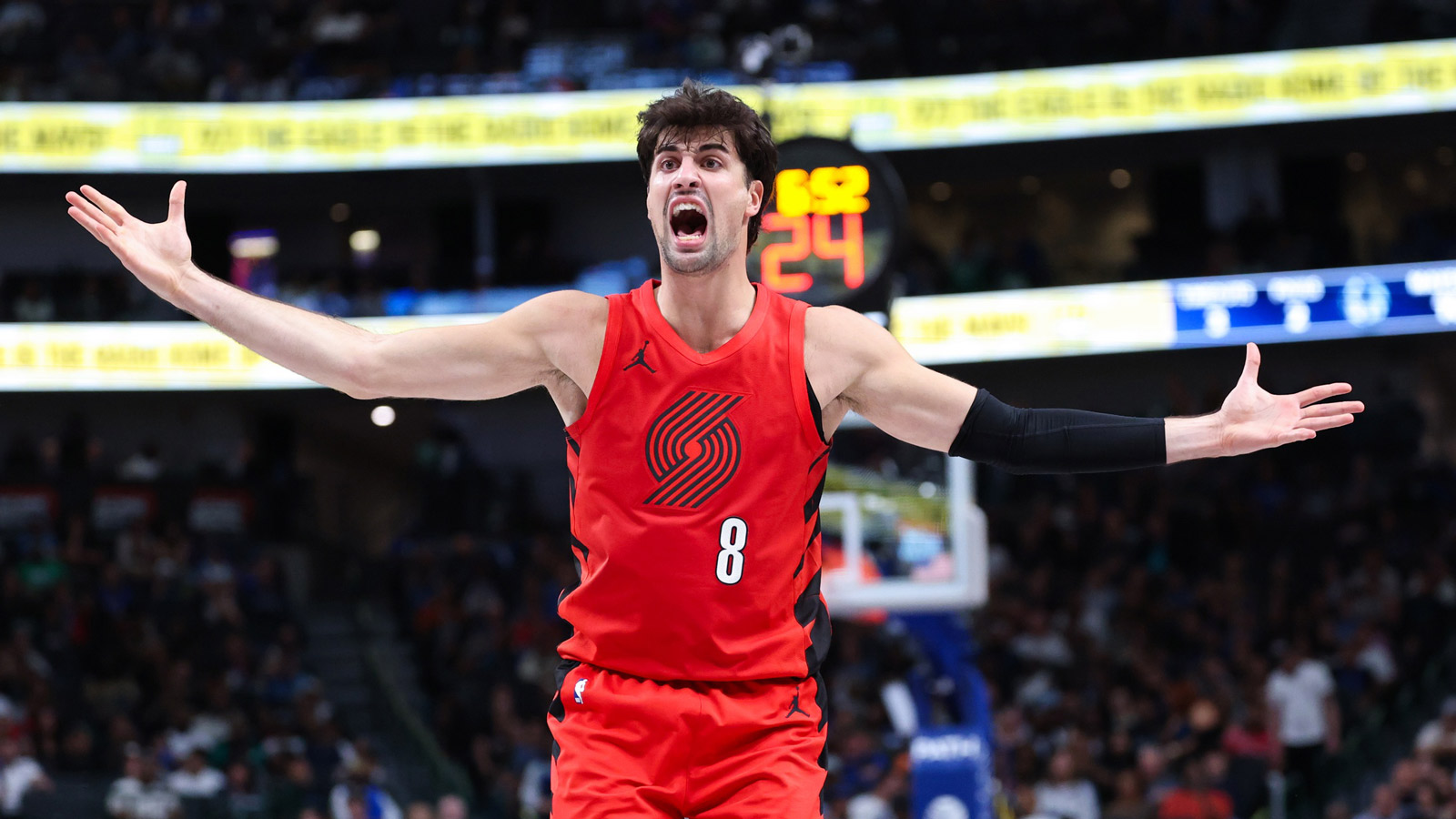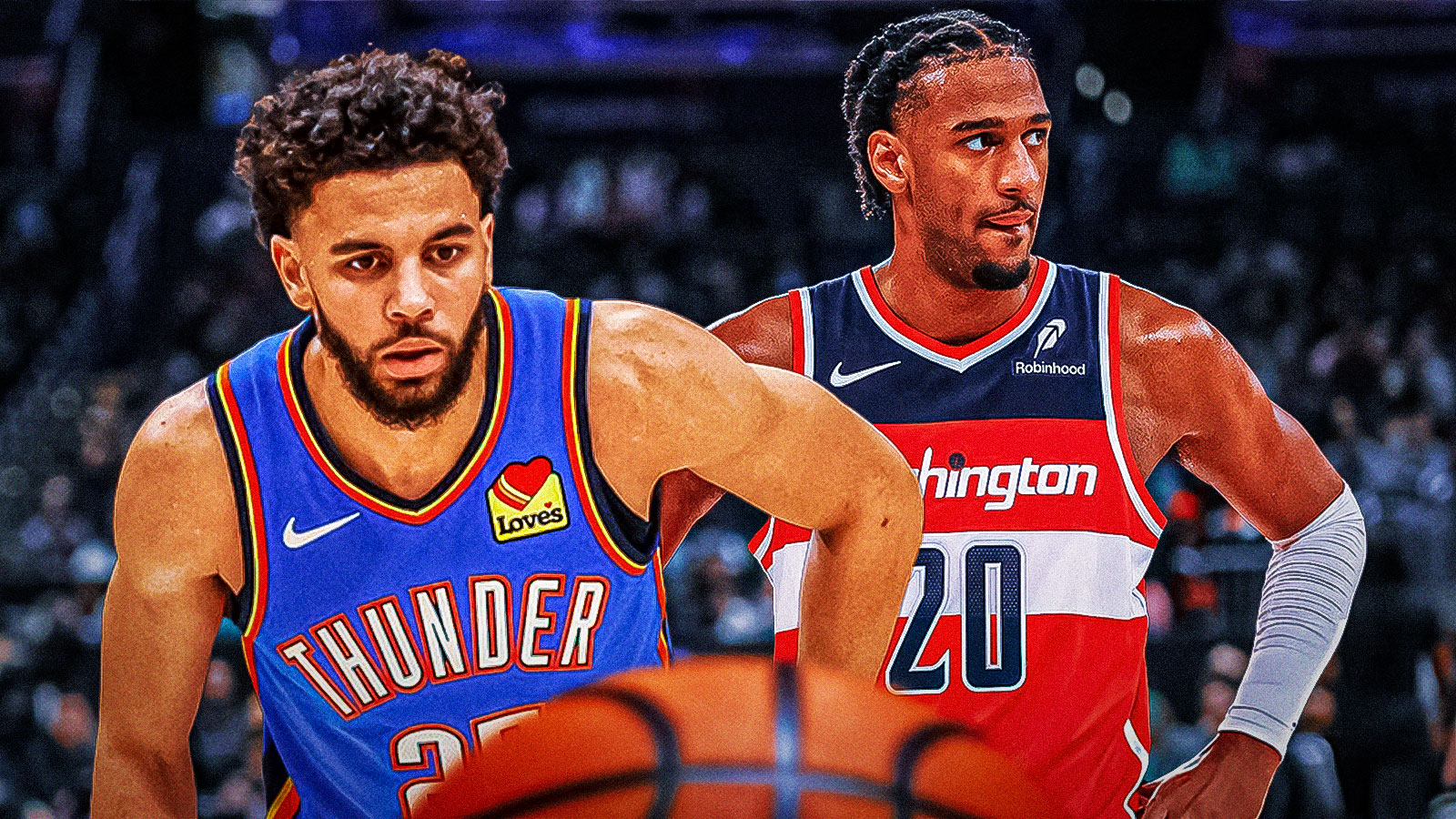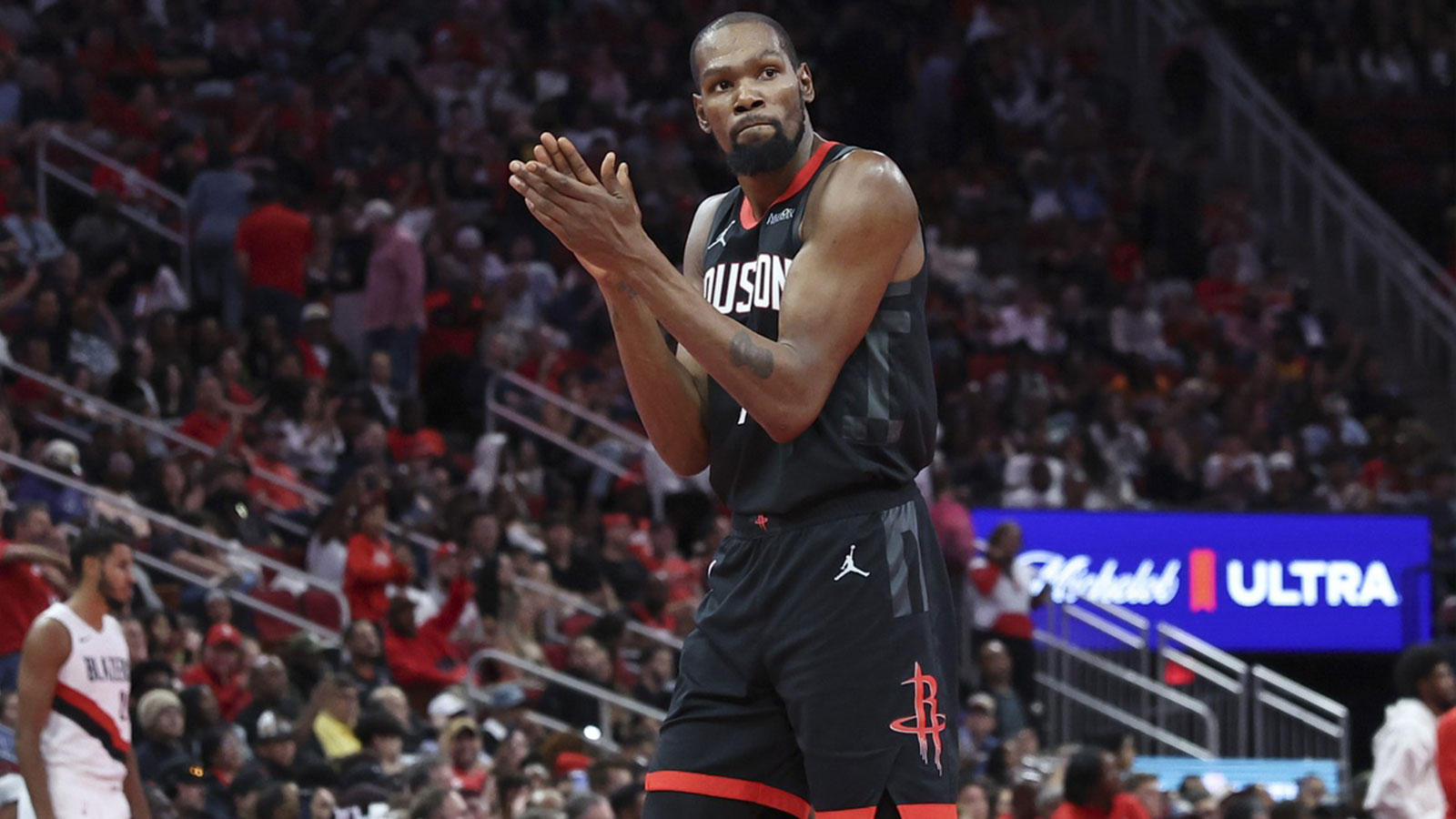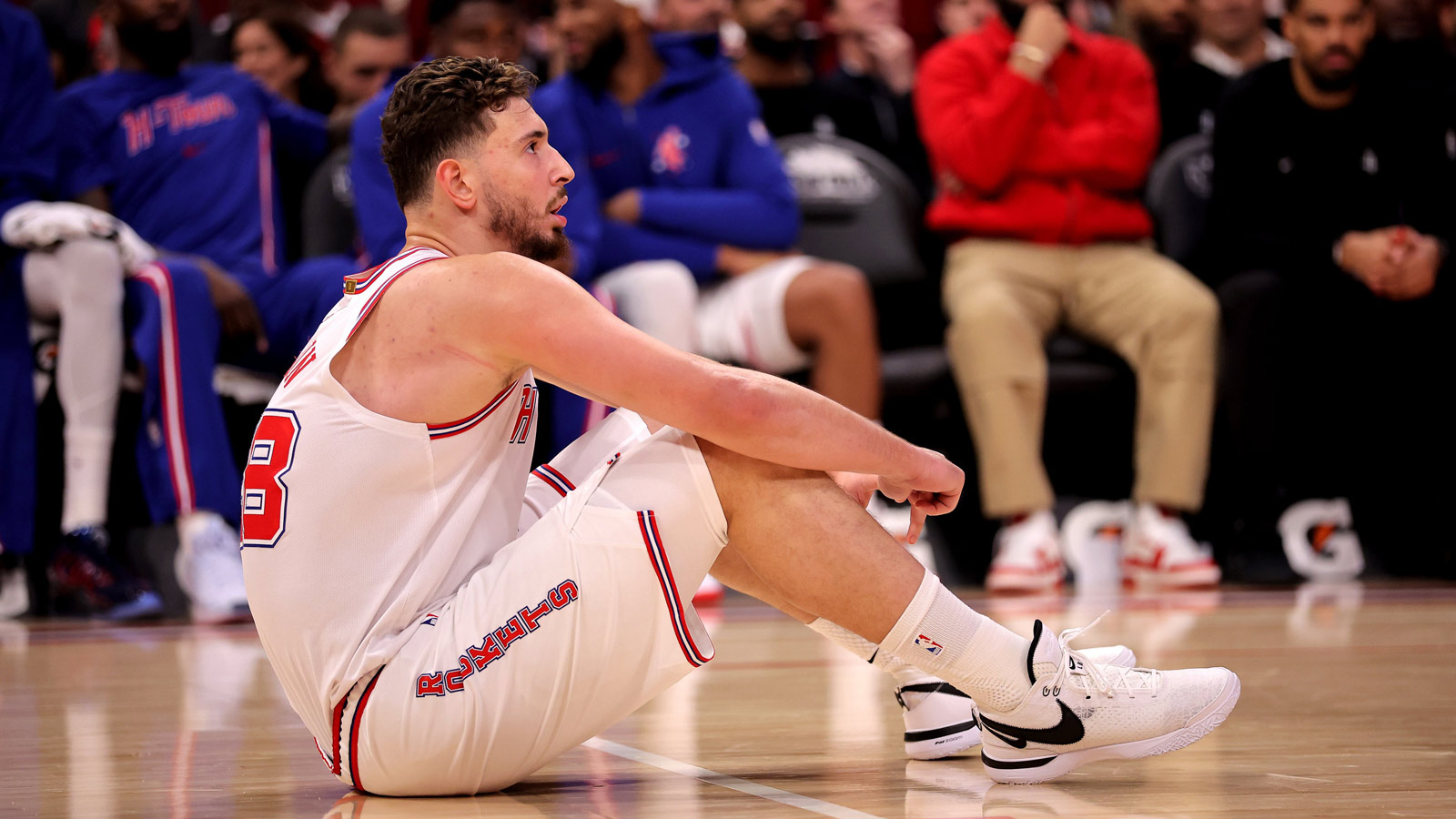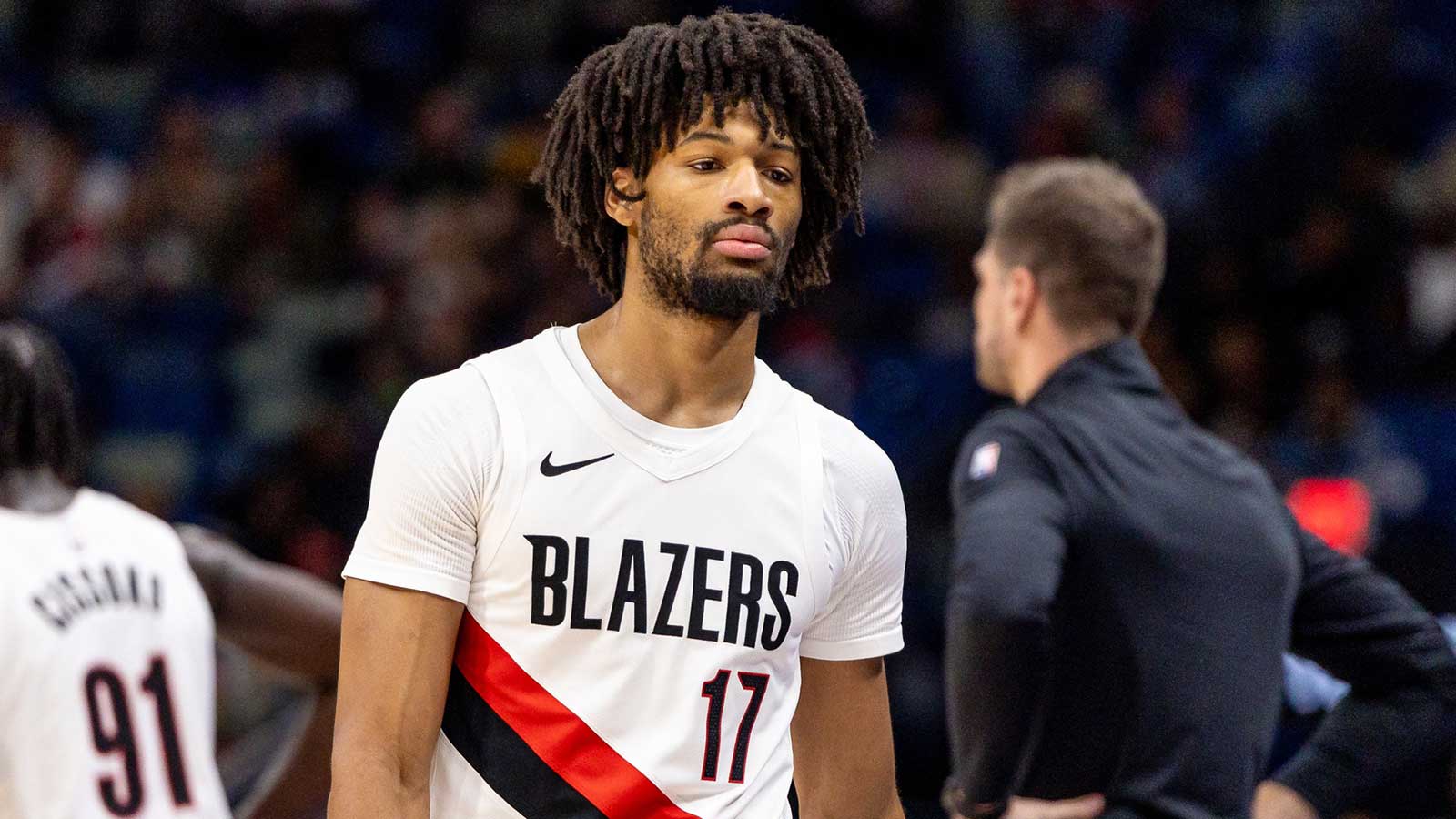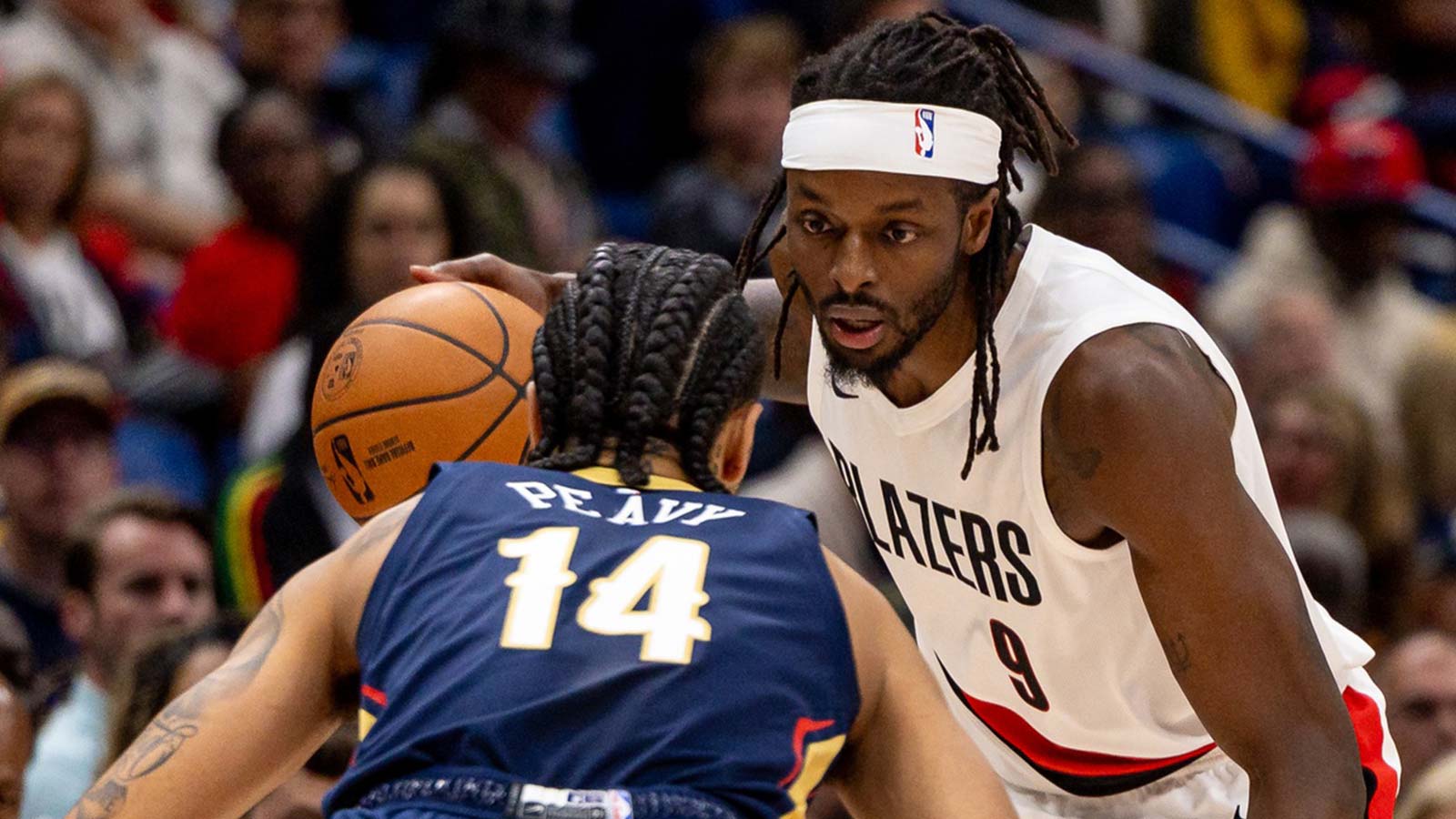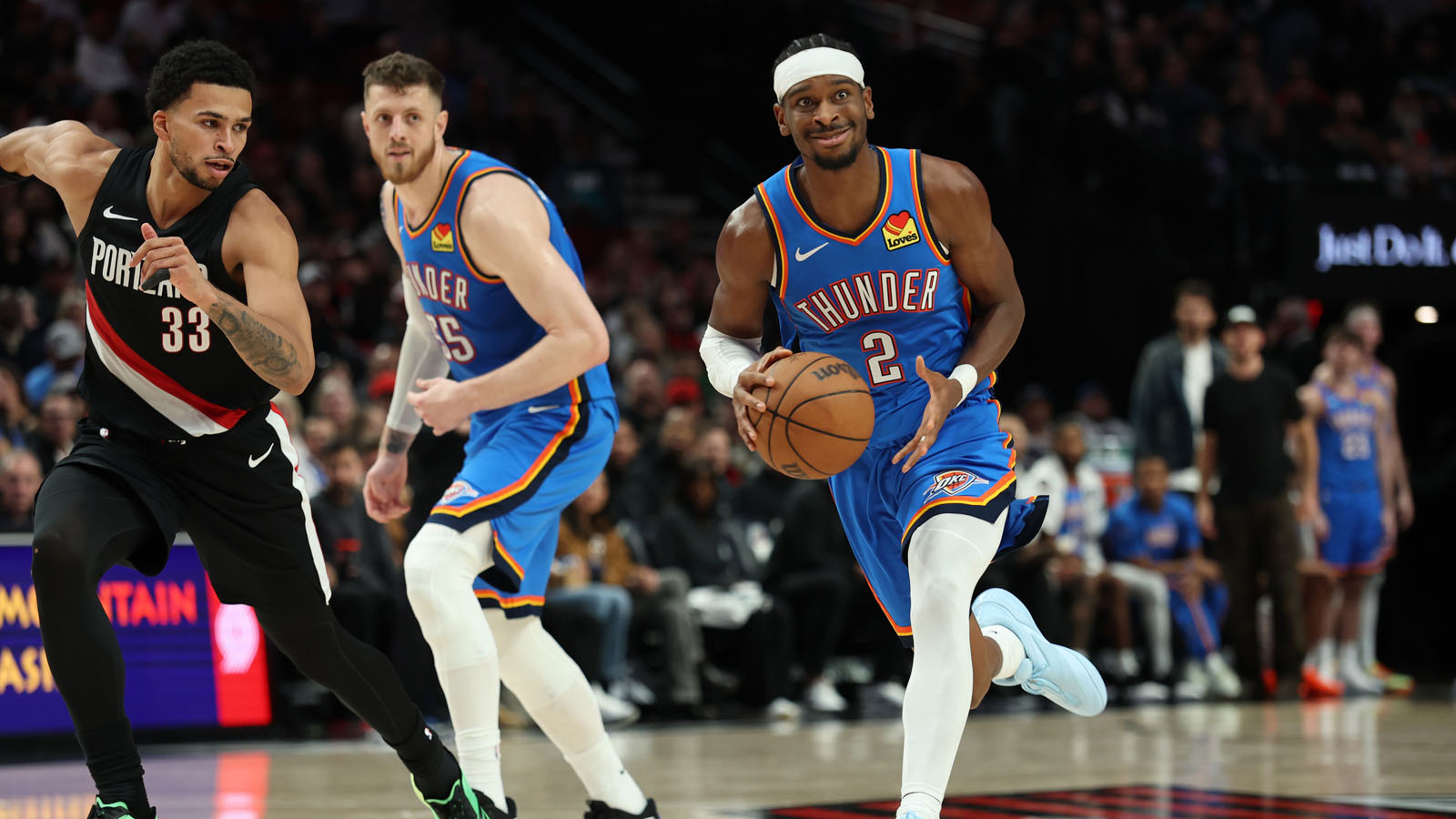The Portland Trail Blazers tipped off trade season in stunning fashion on Friday, moving Norman Powell and Robert Covington to the LA Clippers in exchange for Eric Bledsoe, Keon Johnson, Justise Winslow and a future second-round pick, according to ESPN's Adrian Wojnarowski.
Here's why interim general manager Joe Cronin and the Blazers' front office agreed to a deal that immediately drew widespread criticism in not just Rip City, but across the NBA landscape.
4 reasons Portland traded Norman Powell and Robert Covington to the Clippers
Ducking the luxury tax
The Blazers' plan of attack with the trade deadline fast approaching remained unclear even after Cronin's wide-ranging Thursday interview with NBA.com's Mark Medina, in which he admitted Portland would make roster changes while prioritizing the future in the same breath as praising its incumbent core around Damian Lillard.
Still, among the more minor transactions league-wide virtually guaranteed to take place before February 10th was Portland ducking the luxury tax, a goal this trade with the Clippers accomplishes. The Blazers clear $3,912,153 by swapping Powell and McCollum for Bledsoe, Johnson and Winslow, just over $900,000 more than they needed to dip below the tax—and be subject to the largest payout from tax-paying teams in NBA history.
Good for Jody Allen's wallet!
A mid-market franchise avoiding tax penalties for a team that's at real risk of missing the playoffs isn't worth much criticism, though. Portland would've done the same if Allen's late, more hands-on brother, Paul, still had ultimate say in the front office. But what's vexing is why Portland felt the need to include Powell in an inevitable cost-cutting move that was always expected to involve Covington.
Was there really not a contender who could use extra depth at wing and had the salary ballast and low-value draft assset needed to acquire Covington? The Blazers, for instance, could've sent him to the league-leading Phoenix Suns in exchange for the injured Dario Saric and a future second-rounder.

Maybe Cronin explored similar parameters, unable to find a suitor for Covington who met Portland's needs. It seems quite unlikely, though, given Covington's positional value, expiring contract and the extremely underwhelming return the Blazers received for moving Powell along with him.
Clearing long-term money
Portland was poised to enter next season with over 90 percent of the salary cap committed to Lillard, C.J. McCollum, Powell and Anfernee Simons once factoring in a massive payday for the latter in restricted free agency. That would've been a foolish allocation of financial resources, of course, not to mention inhibit the continued development of Simons, whose possible evolution into a star represents the Blazers' best chance of quickly leveling back up in the Western Conference.
Sure enough, ESPN reported that getting off the five-year, $90 million contract Powell signed in August was a primary justification of this trade for Portland.
The emergence of Anfernee Simons allows for the Blazers to move off the balance of Norman Powell's long-term contract — and gives the Clippers a proven two-way wing to partner with Kawhi Leonard and Paul George.
— Adrian Wojnarowski (@wojespn) February 4, 2022
Cronin knows more about Powell's value on that current deal than anyone, and surely learned more about it while working the phonelines for trades over the last few weeks. All available evidence certainly suggests the league at large holds a lower opinion of Powell's performance relative to the cost and length of his contract than anticipated. He pretty clearly played at a starer level in Portland, and the cap will rise annually with his salary.
Regardless, trading Powell wasn't the Blazers' only means of cleaning up their books ahead of Simons' foray into restricted free agency. Moving McCollum would've saved more money both now and going forward, as well as clarified Simons' should-be entrenched role as Lillard's new co-star in the backcourt. Instead, the Blazers will go into next season with three offense-first guards comprising about 80% of the cap and even less two-way stylistic flexibility than they did before—well, at least assuming McCollum isn't next out the door.
But even if Portland's retool before 2022-23 proves more like a teardown, getting nothing of surefire future value for Powell is a major loss, one that stings even more as Gary Trent Jr. thrives with the Toronto Raptors.
Getting assets…?
The Blazers woke up on Friday owning just one second-round pick in the next five NBA drafts. Don't excuse the value of those less-heralded picks outright. They've proven useful in recent years for rebuilding teams wanting to move up in the draft, and always loom as potential sweeteners that could put stalled trade-deadline deals over the top. It makes sense that Portland wants to replenish its draft coffers while revamping the roster.
But stop yourself from getting too excited about the Blazers getting their hands on the Detroit Pistons' 2025 second-round pick in their trade with the Clippers. The Pistons are bottom-dwellers now, but could be ready to contend come 2024-25 behind Cade Cunningham—living up to pre-draft hype of late—and whatever blue-chipper they nab with a top-four pick this summer. In the best-case scenario for Portland, odds are Detroit's second-rounder three years from now falls in the mid-40s.
Johnson is the Blazers' other prize here, and his physical tools indeed tantalize. A one-and-done at Tennessee, he set an all-time record at the draft combine last summer with a jaw-dropping 48-inch vertical leap and nearly topped the event in three-quarter court sprint times.
But Johnson's raw ball skills and lagging overall feel have been on full display in the G-League this season, where he's averaged 15.4 points, 4.7 rebounds, 3.1 assists and a whopping 4.4 turnover in seven games, shooting just 37.2% overall and 31.0% from beyond the arc. Standing a shade below 6'5” with an average wingspan and weighing 185 pounds, Johnson also lacks the natural size to be a quality switch defender.
He's still a teenager, more than a half-decade away from his prime. It's far, far too early to write Johnson off. In a season when tens of rookies are making consistent contributions or showing nightly flashes of what's to come, though, Johnson has done nothing to help himself standout.
Winslow was included in the trade for salary-matching purposes. He'll sop up minutes on the wing for Portland with Powell and Covington gone and Nassir Little sidelined for the season's remainder, but likely be relegated to the end of the bench once the Blazers roster for next season begins taking shape. Winslow's $4.1 million expiring salary in 2022-23 will be helpful in offseason trade discussions.
Don't be surprised if Bledsoe never takes the floor for Portland. His $19.4 million salary next season is guaranteed for just $3.9 million, making him an extremely useful trade chip come summer, too.
Embracing the tank
The Blazers aren't done at the deadline, according to ESPN.
“The Clippers and Blazers are both expected to continue to make deals over the next week. The Blazers plan is to continue to reshape the roster around All-NBA guard Damian Lillard,” Wojnarowski reports.
Every analysis of Portland's trade with LA requires the caveat of coming in context of any moves the front office makes not just before February 10th, but prior to tipoff of next season. Every indication is that this is one of several dominoes certain to fall.
Trading McCollum and Nurkic remains the Blazers' most prudent approach for an on-the-fly rebuild. But even if Cronin digs in his heels on Portland's de facto Big Three, keeping McCollum through the offseason and re-signing Nurkic in free agency, it won't change what this trade will have already helped usher in: Drafting an elite prospect in the lottery.
The Blazers owes their 2022 first-round pick to the Chicago Bulls if they make the playoffs this season. At 21-31 and tenth-place in the Western Conference, far closer to falling out of the play-in tournament than rising above it and with more moves still yet to come, the Blazers' league-long streak of eight consecutive playoff berths, thankfully, is at serious risk.


